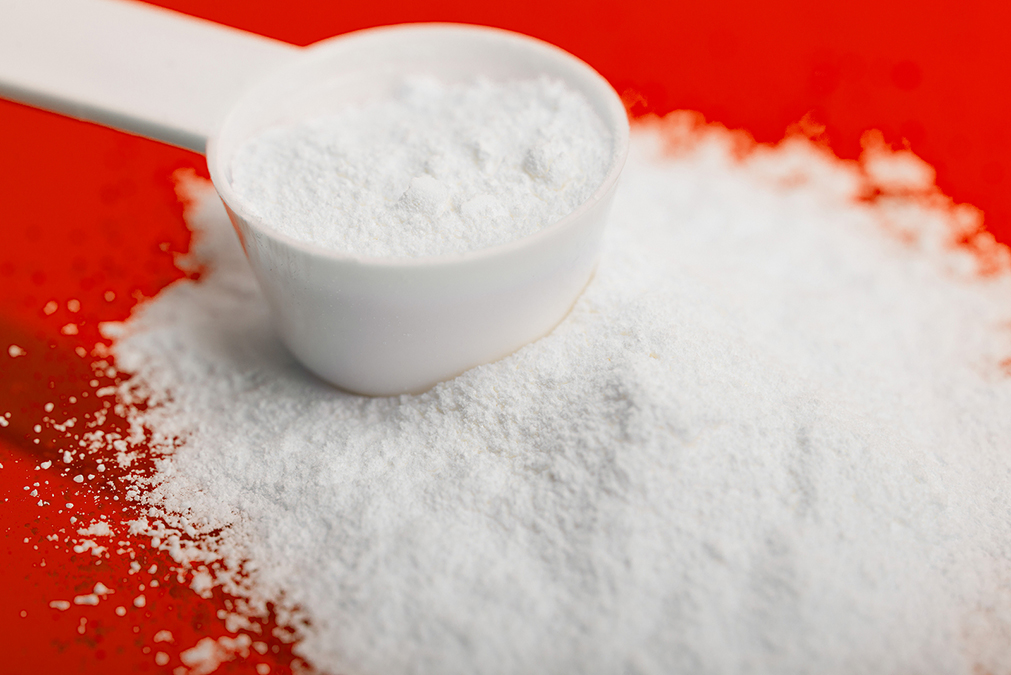 Nonalcoholic fatty liver disease is becoming increasingly common at exactly the same time as our consumption of one specific food item has skyrocketed.
Nonalcoholic fatty liver disease is becoming increasingly common at exactly the same time as our consumption of one specific food item has skyrocketed.
This is unsurprising to medical scientists, who have just demonstrated in the journal Nature Metabolism why exactly this is the case.
This should be the first food item you reduce or cut out if you want to cure your NAFLD.
The authors of this study wondered about the exact nature of the connection between Nonalcoholic fatty liver disease (NAFLD) and fructose for several good reasons.
1. In recent decades, studies have shown that fructose is two to three times stronger at producing fat in the liver than glucose.
2. With the invention of high fructose corn syrup, a cheap sweetener added to a wide variety of foods and beverages on supermarket shelves, our consumption of fructose has soared in the past few decades.
But while we know that excessive fructose intake increases the risk of developing NAFLD, researchers are unsure why this is the case.
These scientists wanted to know whether fructose exercised its harmful effects directly on the liver, or whether it worked by causing systemic inflammation by breaking the linings of our intestines.
They conducted their study on mice in two steps: they first fed the mice a high-fructose diet and then examined what happened in their intestines and livers.
Consistent with their hypothesis, they noticed that the excessive breakdown of fructose in the mice’s intestines reduced the production of proteins that maintained their intestinal walls.
This caused their gut bacteria and the products of those bacteria to leak into their blood, in turn causing a systemic and chronic inflammatory condition called endotoxemia that has been found in both humans and animals with NAFLD.
They also noticed that the products of the gut bacteria increased the production of inflammatory chemicals and promoted the conversion of fructose to fat in the livers of the mice.
When they stimulated a production of the protein that preserved the mice’s intestinal walls and thereby prevented them from being destroyed, they no longer developed NAFLD, even when they were fed high-fructose diets.

 Overcoming IBD
Overcoming IBD Multiple Sclerosis
Multiple Sclerosis Banishing Bronchitis
Banishing Bronchitis Gum Disease Gone
Gum Disease Gone Overcoming Onychomycosis
Overcoming Onychomycosis Neuropathy No More
Neuropathy No More The Prostate Protocol
The Prostate Protocol Brain Booster
Brain Booster
 Ironbound
Ironbound
 Solution for Shingles
Solution for Shingles
 The Bone Density Solution
The Bone Density Solution
 The Ultimate Healing Protocol
The Ultimate Healing Protocol
 The Parkinson's Protocol
The Parkinson's Protocol
 The Chronic Kidney Disease Solution
The Chronic Kidney Disease Solution
 Overthrowing Anxiety
Overthrowing Anxiety The Fatty Liver Solution
The Fatty Liver Solution The Hypothyroidism Solution
The Hypothyroidism Solution
 The End of Gout
The End of Gout The Blood Pressure Program
The Blood Pressure Program
 The Oxigized Cholesterol Strategy
The Oxigized Cholesterol Strategy
 Stop Snoring And Sleep Apnea Program
Stop Snoring And Sleep Apnea Program
 The Arthritis Strategy
The Arthritis Strategy The Vertigo & Dizziness Program
The Vertigo & Dizziness Program The 3-Step Diabetes Strategy
The 3-Step Diabetes Strategy Hemorrhoids Healing Protocol
Hemorrhoids Healing Protocol The Erectile Dysfunction Master
The Erectile Dysfunction Master Weight Loss Breeze
Weight Loss Breeze The IBS Program
The IBS Program The Insomnia Program
The Insomnia Program The Migraine and Headache Program
The Migraine and Headache Program The Neck Pain Solution
The Neck Pain Solution The Menopause Solution
The Menopause Solution The Ejaculation Master
The Ejaculation Master The TMJ Solution
The TMJ Solution The Acid Reflux Solution
The Acid Reflux Solution The Fibromyalgia Solution
The Fibromyalgia Solution The Psoriasis Strategy
The Psoriasis Strategy